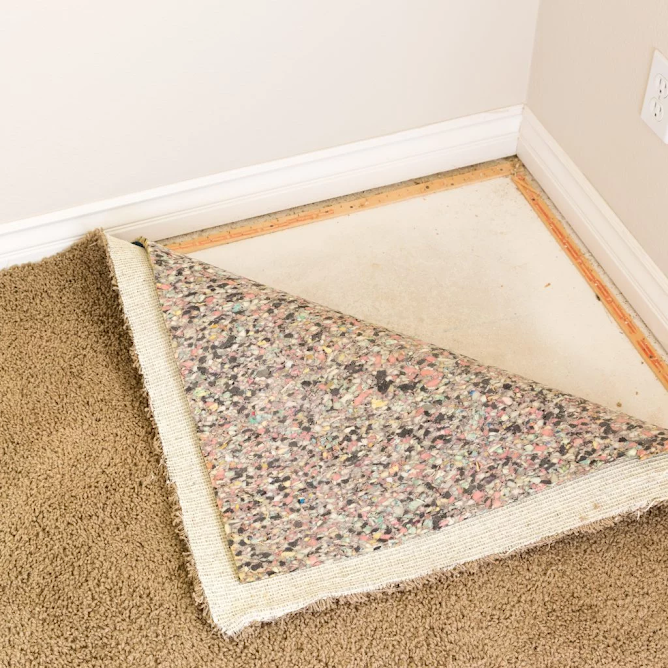How Synthetic Turf Is Redefining Landscaping: A Deep Dive into the World of Fake Grass
In recent years, artificial grass, also known as Fake Grass Dubai or synthetic turf, has seen a surge in popularity as an alternative to natural grass lawns. This trend is driven by a variety of factors, including environmental concerns, water conservation efforts, and the desire for low-maintenance landscaping solutions. In this blog, we will explore the reasons behind the growing appeal of fake grass and its impact on both homeowners and the environment.
Environmental Impact
One of the primary reasons for the rising popularity of fake grass is its positive environmental impact. Natural grass lawns require significant amounts of water to stay lush and green, especially in arid regions where water scarcity is a pressing issue. Artificial grass eliminates the need for regular watering, helping to conserve water resources and reduce overall water consumption. Additionally, the absence of chemical pesticides and fertilizers often used on natural lawns contributes to a decrease in environmental pollution.
Low Maintenance
Homeowners are increasingly turning to fake grass for its low-maintenance qualities. Unlike natural grass, which demands regular mowing, watering, and fertilizing, synthetic turf requires minimal upkeep. This appeals to individuals with busy lifestyles who seek an attractive, green lawn without the time-consuming tasks associated with natural grass maintenance. The elimination of these chores allows homeowners to enjoy a well-manicured lawn year-round with minimal effort.
Year-Round Aesthetics
One of the significant advantages of fake grass is its ability to maintain a vibrant, green appearance throughout the year, regardless of weather conditions. Natural grass often struggles during periods of drought, extreme heat, or cold temperatures, resulting in brown patches and uneven growth. Artificial grass remains consistently lush and green, providing an aesthetically pleasing landscape that enhances curb appeal and property value.
Versatility in Design
Fake Grass Dubai offers unparalleled versatility in landscaping design. It can be installed in areas where natural grass struggles to grow, such as shaded or high-traffic zones. Additionally, synthetic turf can be used for creative landscaping projects, including rooftop gardens, balconies, and indoor spaces, expanding its applications beyond traditional lawns.
Health and Safety
Artificial grass provides a safe and allergen-free environment for families and pets. It eliminates the need for harmful pesticides and herbicides, reducing the risk of exposure to chemicals that may pose health concerns. Moreover, fake grass minimizes mud and puddles, creating a cleaner and safer play area for children and pets.
Conclusion
As environmental consciousness and the demand for low-maintenance solutions continue to rise, fake grass has emerged as a sustainable and practical alternative to natural lawns. Its positive impact on water conservation, minimal maintenance requirements, year-round aesthetics, design versatility, and health and safety benefits make it an appealing choice for homeowners looking to enhance the beauty of their outdoor spaces while minimizing their ecological footprint. As technology advances and synthetic turf materials improve, the future of fake grass appears greener than ever.




Comments
Post a Comment